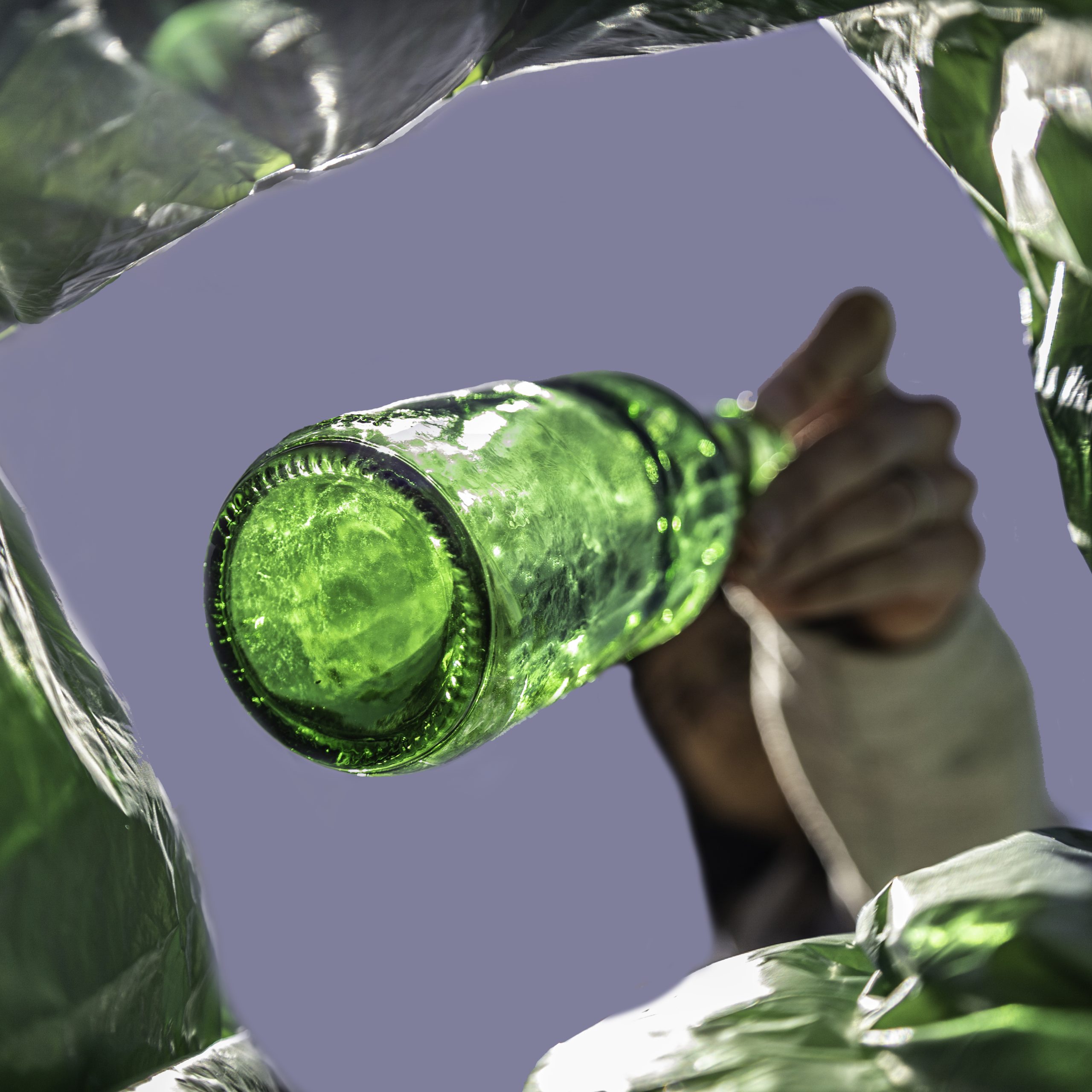Enterprise Aquatics integrates aquaponics into traditional farming

In an era where sustainable farming practices are paramount, aquaponics emerges as a beacon of innovation in the agricultural landscape. This method, a fusion of aquaculture and hydroponics, is not only enhancing resource utilization but is also paving the way for a diverse and conservation-focused approach to crop production.
Ken Rust, the proprietor of Enterprise Aquatics, a leading figure in aquaponics and hydroponics systems, has been instrumental in spotlighting the considerable advantages of incorporating aquaponics into traditional farming. “Aquaponics represents a paradigm shift in sustainable agriculture,” Rust comments. “It’s about creating a synergy between fish and plants, which minimizes waste and maximizes efficiency. This approach is setting a new standard for resource-conscious farming.”
Water Conservation and Nutrient Recycling
Central to the philosophy of aquaponics is the conservation of water, a resource of growing concern in the agricultural sector. In an efficiently managed aquaponic system, water is predominantly lost through evaporation and plant transpiration, significantly diminishing the need for replenishment. This feature is especially crucial in regions grappling with water scarcity or drought.
Moreover, aquaponics ingeniously recycles nutrients. Fish waste is transformed into a natural fertilizer for plants. These plants, in turn, purify the water, establishing a self-sustaining loop that greatly reduces the necessity for external nutrient sources.
Diversification of Crop Production

Aquaponics offers a versatile platform for growing a variety of crops, even those that are difficult to cultivate in conventional soil-based environments. For example, crops like lettuce, which are susceptible to heat, find a conducive environment in the cooler waters of an aquaponic system. This can potentially extend their growing season and elevate their market value.
“The adaptability of aquaponics to various crops allows farmers to explore specialty varieties, catering to niche markets and enhancing their product range,” adds Rust.
Sustainable Fish Farming

Aquaponics introduces a sustainable approach to fish farming. This system offers a humane and eco-friendly method for rearing fish, either as an additional source of revenue or for consumption. The integration of fish also opens avenues for agritourism, attracting visitors interested in this unique farming methodology.
Environmental Impact and Market Potential
The ecological benefits of aquaponics are significant. It aligns with the goals of sustainable agriculture by reducing dependency on chemical fertilizers and enhancing water conservation. Furthermore, the transformation of fish waste into a valuable resource emphasizes its role in circular economy models.
The market for aquaponically grown produce is on the rise, as consumers increasingly seek sustainably sourced food. This method not only fulfills this demand but also provides farmers with a competitive edge in a market that prioritizes ecological responsibility.
Challenges and Opportunities

Transitioning to aquaponics involves initial investments in training and infrastructure. However, Rust highlights the long-term gains: “The initial steps towards aquaponics might seem daunting, but the rewards in resource efficiency, crop diversity, and environmental stewardship are significant.”
Conclusion
The incorporation of aquaponics into traditional farming is a testament to a commitment to a sustainable future. It’s not merely a farming technique; it’s a statement about our responsibility towards a healthier planet. Rust encourages farmers and community gardens to consider the long-term benefits and the positive environmental impact of aquaponics. As this innovative method gains popularity, it heralds a new era of ecologically responsible and economically viable farming.



